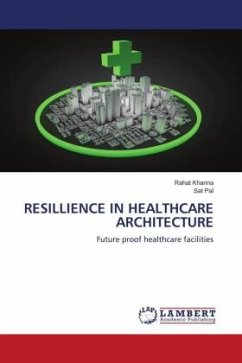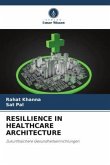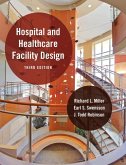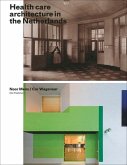India is wide open to many climatic risks with unfortified conditions against floods, drought, heatwave, air quality, sea-level rise, cyclones, and geo-climatic disturbances causing high loss of life and property.The Healthcare climate footprint is approximately 4.4 percent of the net global count. India produces a considerable amount of global greenhouse emissions and is increasing recognition of the impacts of climate change on health. Many cities in the northwest and western parts of India are on the verge of getting heatstroke and heatwaves, while few are already surviving it.The Healthcare sector and Medical facilities have a laid-back history of evolution and transformations. The aim is to understand and study various aspect related to resilience in architecture which are not just limited to earthquake and floods and to capture the key strategies for a resilient health system response to the climate risk and pandemic in order to draw lessons for the post-pandemic recovery, to improve health.








